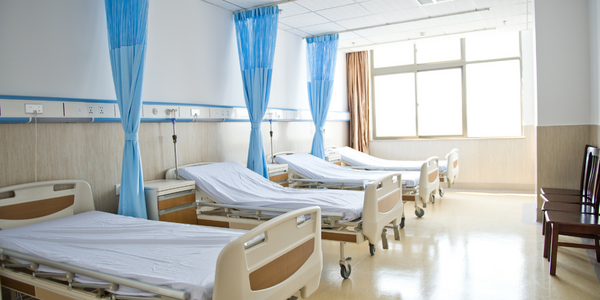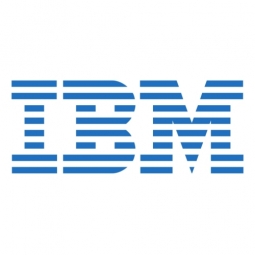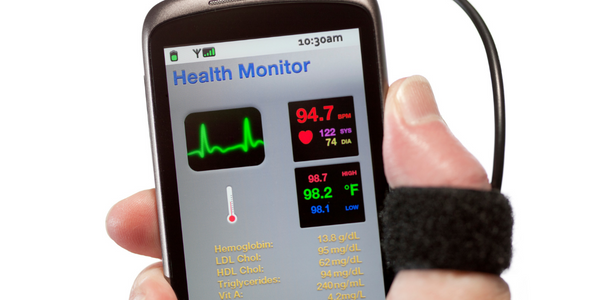Customer Company Size
Large Corporate
Region
- America
Country
- United States
Product
- iConnect® Enterprise Archive
- iConnect® Access
- Merge PACS™
Tech Stack
- DICOM
- F5 content switch
Implementation Scale
- Enterprise-wide Deployment
Impact Metrics
- Productivity Improvements
- Cost Savings
Technology Category
- Application Infrastructure & Middleware - Data Exchange & Integration
Applicable Industries
- Healthcare & Hospitals
Applicable Functions
- Maintenance
- Quality Assurance
Use Cases
- Remote Asset Management
- Predictive Maintenance
Services
- System Integration
- Cloud Planning, Design & Implementation Services
About The Customer
Cincinnati Children’s Hospital Medical Center (CCHMC) is a nonprofit, 600-bed academic medical center that was established in 1883. It is one of the oldest and most distinguished pediatric hospitals in the United States. The hospital provides comprehensive clinical services, from treatment of rare and complex conditions to well-child care. CCHMC serves 1.2 million patients and is consistently ranked among the best children's hospitals in the U.S. The hospital attracts patients from all 50 states and across the world, and also has a dedication to clinical research.
The Challenge
Cincinnati Children’s Hospital Medical Center (CCHMC) was facing several challenges with its imaging strategy. The hospital had limited long-term image storage for its contingency system and lacked a true disaster recovery process for full-fidelity images. Additionally, there was no documentation for ultrasound studies, which prevented the hospital from billing for imaging procedures. The hospital was also looking to expand its image storage beyond radiology and cardiology to include images from across all 'ologies. However, such a complicated change required a deliberate and careful process to ensure that images were not misplaced or inaccessible.
The Solution
CCHMC implemented Merge's iConnect® Enterprise Archive, iConnect® Access, and Merge PACS™ to address its challenges. The iConnect Enterprise Archive provided long-term image storage beyond radiology, including cardiology. It also allowed referring providers to submit images through the intelligent DICOM pathway to be automatically archived. The hospital also implemented a true business continuance with disaster recovery. The hospital now has replicated hardware at an off-site disaster recovery data center, which has the same hardware configuration as the production environment. Everything on the production enterprise archive is automatically reconciled with the disaster recovery site, offering true business continuance in exceptional situations. Merge PACS offers an integrated mode that communicates exclusively with the enterprise archive for images. Whenever the hospital switches over to the contingency server, the exact full dataset of studies will be replicated.
Operational Impact
Quantitative Benefit

Case Study missing?
Start adding your own!
Register with your work email and create a new case study profile for your business.
Related Case Studies.

Case Study
Hospital Inventory Management
The hospital supply chain team is responsible for ensuring that the right medical supplies are readily available to clinicians when and where needed, and to do so in the most efficient manner possible. However, many of the systems and processes in use at the cancer center for supply chain management were not best suited to support these goals. Barcoding technology, a commonly used method for inventory management of medical supplies, is labor intensive, time consuming, does not provide real-time visibility into inventory levels and can be prone to error. Consequently, the lack of accurate and real-time visibility into inventory levels across multiple supply rooms in multiple hospital facilities creates additional inefficiency in the system causing over-ordering, hoarding, and wasted supplies. Other sources of waste and cost were also identified as candidates for improvement. Existing systems and processes did not provide adequate security for high-cost inventory within the hospital, which was another driver of cost. A lack of visibility into expiration dates for supplies resulted in supplies being wasted due to past expiry dates. Storage of supplies was also a key consideration given the location of the cancer center’s facilities in a dense urban setting, where space is always at a premium. In order to address the challenges outlined above, the hospital sought a solution that would provide real-time inventory information with high levels of accuracy, reduce the level of manual effort required and enable data driven decision making to ensure that the right supplies were readily available to clinicians in the right location at the right time.

Case Study
Gas Pipeline Monitoring System for Hospitals
This system integrator focuses on providing centralized gas pipeline monitoring systems for hospitals. The service they provide makes it possible for hospitals to reduce both maintenance and labor costs. Since hospitals may not have an existing network suitable for this type of system, GPRS communication provides an easy and ready-to-use solution for remote, distributed monitoring systems System Requirements - GPRS communication - Seamless connection with SCADA software - Simple, front-end control capability - Expandable I/O channels - Combine AI, DI, and DO channels

Case Study
Driving Digital Transformations for Vitro Diagnostic Medical Devices
Diagnostic devices play a vital role in helping to improve healthcare delivery. In fact, an estimated 60 percent of the world’s medical decisions are made with support from in vitrodiagnostics (IVD) solutions, such as those provided by Roche Diagnostics, an industry leader. As the demand for medical diagnostic services grows rapidly in hospitals and clinics across China, so does the market for IVD solutions. In addition, the typically high cost of these diagnostic devices means that comprehensive post-sales services are needed. Wanteed to improve three portions of thr IVD:1. Remotely monitor and manage IVD devices as fixed assets.2. Optimizing device availability with predictive maintenance.3. Recommending the best IVD solution for a customer’s needs.

Case Study
HaemoCloud Global Blood Management System
1) Deliver a connected digital product system to protect and increase the differentiated value of Haemonetics blood and plasma solutions. 2) Improve patient outcomes by increasing the efficiency of blood supply flows. 3) Navigate and satisfy a complex web of global regulatory compliance requirements. 4) Reduce costly and labor-intensive maintenance procedures.

Case Study
Cloud-based healthcare solution for Royal Philips
Royal Philips wanted to launch its cloud-based healthcare solution HealthSuite Digital Platform in China to deliver services to help cope with challenges related to urbanization and population growth. Philips wanted to achieve this goal by combining mobile, cloud computing and big data technologies. To bring this platform and product to market, Philips required cloud computing and local technical service capabilities in China, in addition to a flexible IT infrastructure that could handle user requests.








